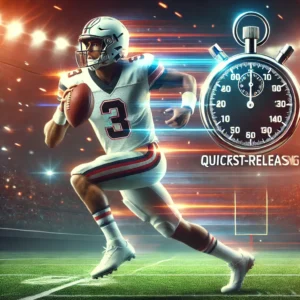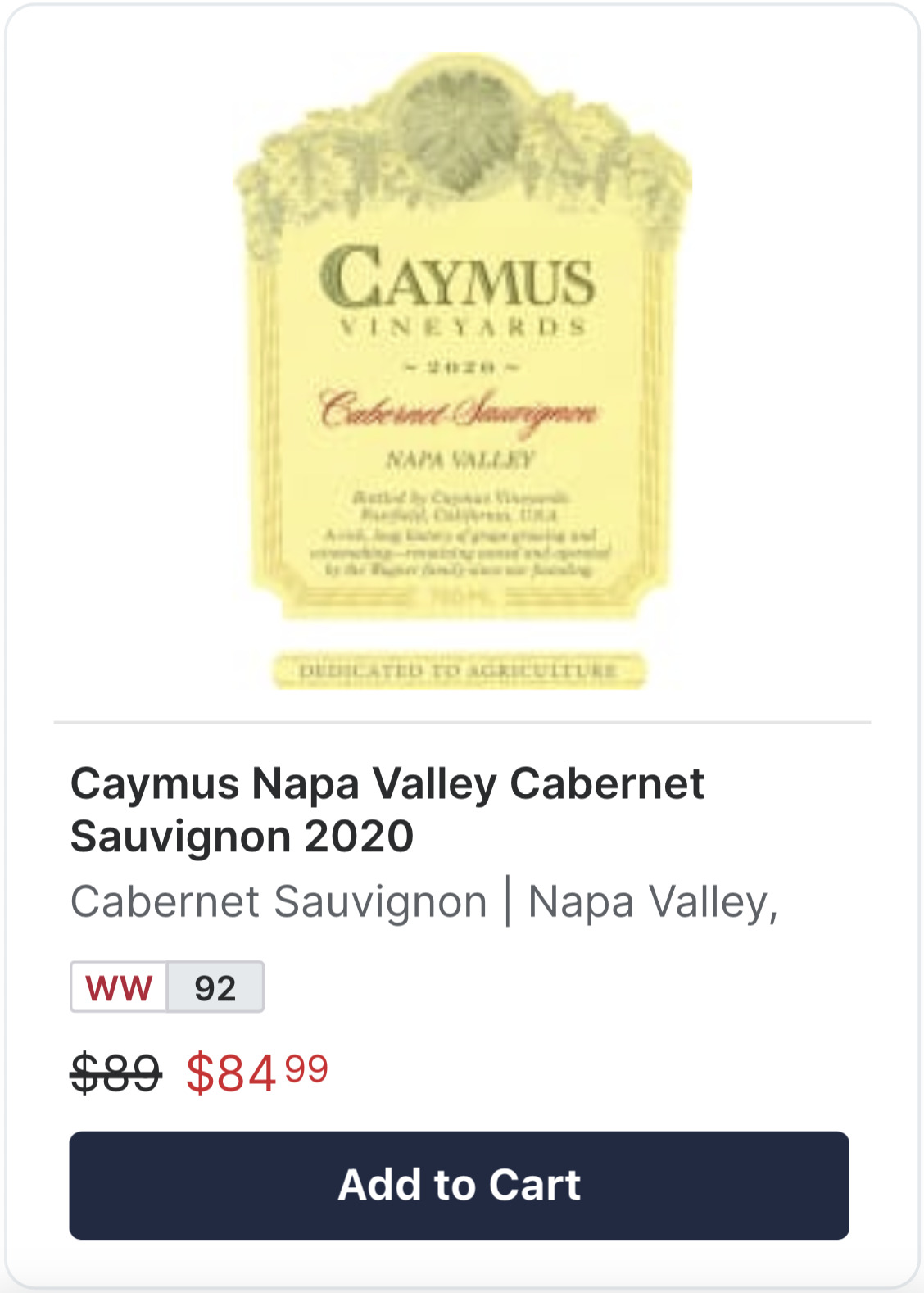
When you make purchases through our links we may earn a small commission.
World’s Biggest Brain: A Discussion About Guns & the Second Amendment

Photo Credit: Caleb Woods
does the 2nd amendment imply that there should be no restrictions whatsoever on people having access to any gun?
The interpretation of the Second Amendment of the United States Constitution has been a subject of debate and controversy for many years. The amendment reads: “A well-regulated Militia, being necessary to the security of a free State, the right of the people to keep and bear Arms, shall not be infringed.”
While some interpret the Second Amendment to mean that there should be no restrictions on access to any gun, the Supreme Court has held that the right to bear arms is not an unlimited right and that reasonable regulations on firearms are permissible.
For example, in the landmark case District of Columbia v. Heller (2008), the Supreme Court held that the Second Amendment protects an individual’s right to possess a firearm for lawful purposes, such as self-defense in the home. However, the Court also stated that this right is not unlimited and that certain categories of firearms, such as those that are “dangerous and unusual,” may be regulated or banned.
Therefore, while the Second Amendment guarantees the right to bear arms, it does not necessarily mean that there should be no restrictions whatsoever on people having access to any gun. The extent of permissible regulation is a matter of ongoing debate and interpretation.
can you write me an article about how the 2nd amendment did not grant unrestricted access to all guns for all people under any circumstance? and include a modern day interpretation of a 'well-regulated militia'?
The Second Amendment of the United States Constitution has long been a subject of debate and controversy, particularly with regard to the interpretation of its language and the extent to which it guarantees the right to bear arms. While some argue that the Second Amendment grants unrestricted access to all guns for all people under any circumstance, a careful examination of the amendment’s text, historical context, and legal precedents suggests otherwise.
To begin with, the language of the Second Amendment explicitly states that the right to bear arms is linked to the “well-regulated Militia.” This phrase indicates that the framers of the Constitution intended for the right to bear arms to be exercised in the context of a regulated, organized body of citizens dedicated to the defense of the country. The phrase “well-regulated” implies that the militia was subject to rules and regulations that ensured its readiness and effectiveness. In other words, the Second Amendment was intended to support a regulated, disciplined body of citizen-soldiers, not a free-for-all where anyone can obtain any weapon they desire.
Moreover, a close examination of the history of the Second Amendment reveals that it has never been interpreted to mean that individuals have an unfettered right to own any weapon they choose. For example, in United States v. Miller (1939), the Supreme Court held that the Second Amendment protected only the possession of weapons that are “part of the ordinary military equipment” and that “bear some reasonable relationship to the preservation or efficiency of a well-regulated militia.” This ruling suggests that weapons that are not necessary or relevant to the functioning of a well-regulated militia may be subject to regulation or prohibition.
In more recent times, the interpretation of the phrase “well-regulated militia” has evolved to encompass a broader understanding of the role of firearms in society. In District of Columbia v. Heller (2008), the Supreme Court affirmed that the Second Amendment protects an individual’s right to possess a firearm for lawful purposes, such as self-defense in the home. However, the Court also acknowledged that this right is subject to reasonable regulation, including restrictions on the possession of certain types of weapons, such as fully automatic machine guns, that are not typically used for lawful purposes.
In light of these legal precedents, it is clear that the Second Amendment does not grant unrestricted access to all guns for all people under any circumstance. Rather, the right to bear arms is limited to the context of a well-regulated militia and subject to reasonable regulation by the government in the interest of public safety.
In modern times, the concept of a “well-regulated militia” has been interpreted to include not just a formal military organization, but also the broader idea of a community of responsible gun owners who are knowledgeable about firearms and committed to safe and responsible gun ownership. This interpretation recognizes that the right to bear arms is not absolute and that responsible regulation is necessary to balance the interests of gun owners with the public’s interest in safety and security.
In conclusion, the Second Amendment does not grant unrestricted access to all guns for all people under any circumstance. Rather, it supports the idea of a well-regulated militia and is subject to reasonable regulation by the government to ensure public safety. As society evolves and new challenges arise, it is important to continue to interpret and apply the Second Amendment in a way that balances the interests of individuals and society as a whole.











